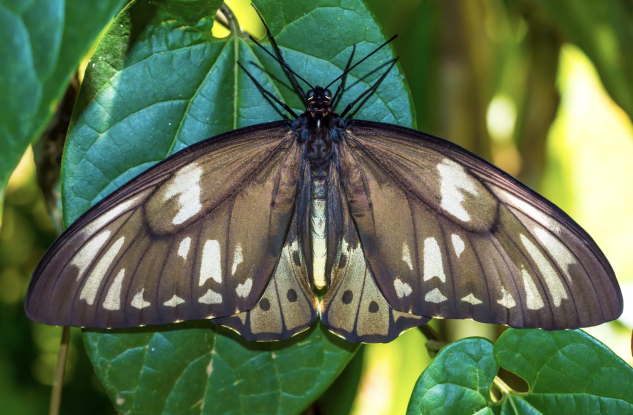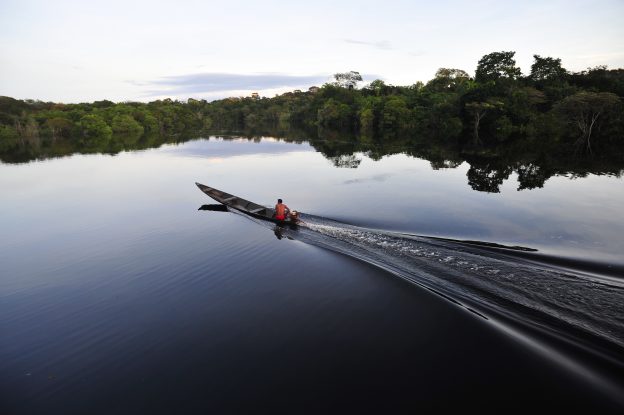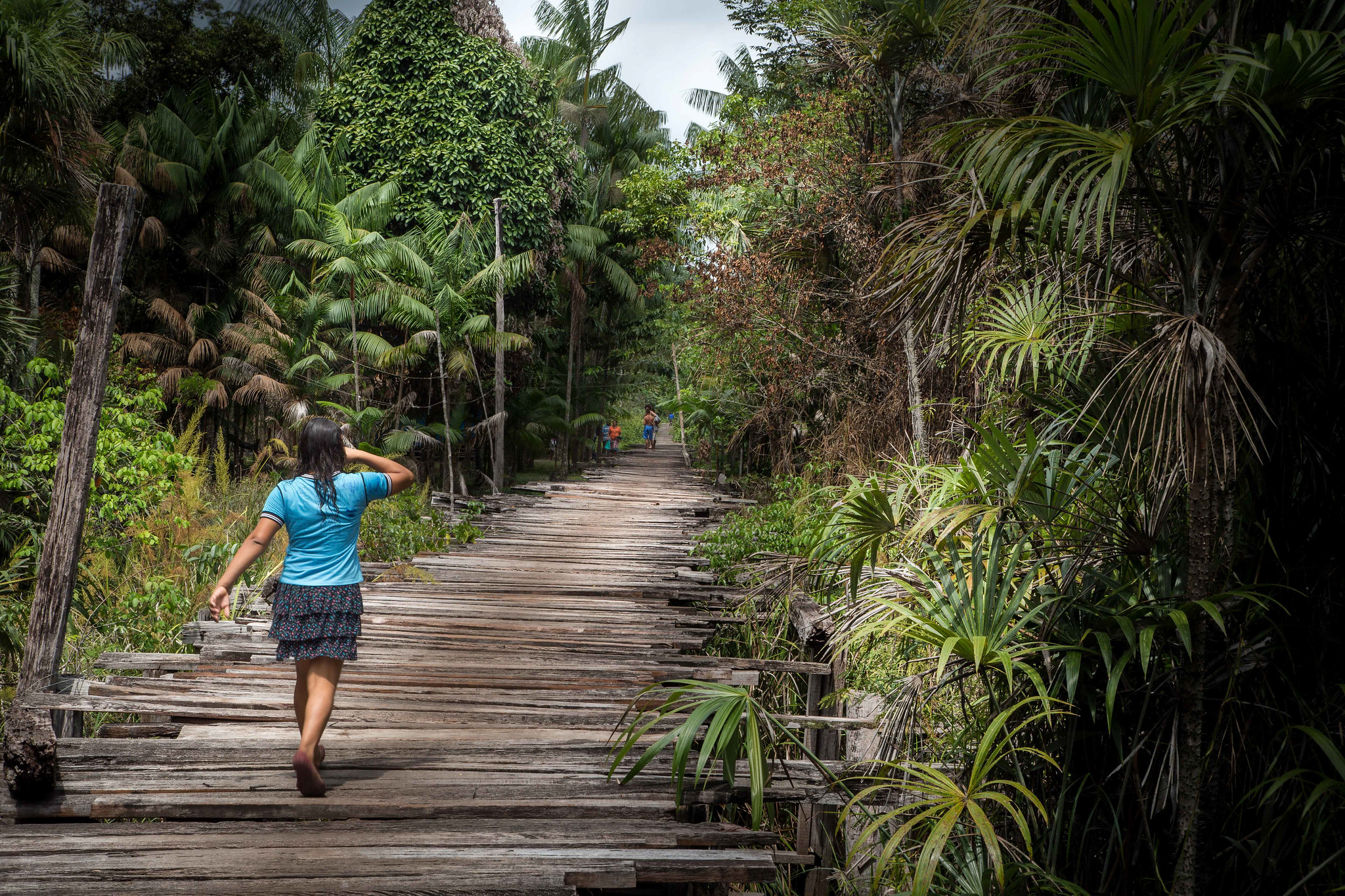For generations, farmers in Perigi village in South Sumatra province, Indonesia, prepared their fields the only way they knew: they relied on burning peatland before planting rice. The practice, known locally as sonor, cleared space for rice but left behind charred soil, degraded land, thick smoke and the constant risk of fire spreading beyond control.
“Land like this can’t produce anything,” said Mat Cuci, a farmer who recalls walking across ground once choked with purun (Lepironia articulata) reeds and stubborn shrubs and weeds that reclaimed the fields each year.
Now, that picture is changing. The village looks different. The air is clearer. The fields are greener. And where smoke once rose, rows of corn now stand.
The transformation began when researchers from Sriwijaya University’s Centre of Excellence, working with the Center for International Forestry Research and World Agroforestry (CIFOR-ICRAF), set out to restore the village’s peatland using agrosilvofishery models. Since 2018, with support from the Republic of Korea’s National Institute of Forest Science, they have tested combinations of forest and fruit trees, vegetables and fishponds across 12 hectares.
This year, the partnership tried something new: growing corn.
At first, many in the village doubted the idea. Last year’s crop failed after farmers missed the narrow planting window. But in June 2025, Mat Cuci and five other farmers planted six hectares of corn right on schedule, working with researchers to track soil moisture and field management. By early September, their fields had ripened to a bright, improbable sea of yellow.
On 20 September, the community gathered under a hot afternoon sun for a harvest festival. Local leaders, including the village head, the Agriculture Extension Bureau, the subdistrict police chief and the babinsa (village support officer from the Indonesian Army), joined researchers and farmers in the fields, inspecting cobs split open to reveal firm kernels and to celebrate.


“The corn-planting programme on this peatland was very successful,” said Nazarudin, who heads the Bureau. “It encouraged community members to grow corn, increasing their incomes and improving their welfare. We are ready to support a larger-scale programme.”
For police chief Andi Andry, the shift goes beyond harvest figures. “This has changed the community’s paradigm, “Andry said. “People now see peatlands not only as fragile areas to be avoided or burned but as land that can support food crops and preserve the environment.”
The success of this corn crop has led the community to appreciate their peatlands. Many people will now follow their example.”
Researchers involved in the project see the same potential. “If agricultural activities involving corn and rice on peatlands can continue on a one-year cycle, the practice of burning will be abandoned,” said Umar Harun, researcher at Sriwijaya University.
CIFOR-ICRAF field facilitator and co-author Sumantri has watched the farmers’ confidence grow. “The success of this corn crop has led the community to appreciate their peatlands,” Sumantri said. “Many people will now follow their example.”
For the Perigi village head, the harvest marked a milestone. “This is the first time corn has been planted on peatland here in Pangkalam Lampam subdistrict,” he said. “We will be sure to allocate part of the food security fund next year to support corn planting and the agrosilvofishery model.”
In total, the farmers produced around three tonnes of dehusked and shelled corn from the six hectares of cornfields. Their wish to earn a better price – which inspired them to process the harvested corncobs – has been realized.
The provision of dehusking equipment and post-harvest guidance to ensure the corn met the required moisture content standard, as well as facilitating access to government-authorized suppliers, enabled farmers to receive a better price.
Success with corn has strengthened their confidence.
“We now know that peatland can grow corn and how to maintain good production while managing pest infestations,” said Mat Cuci. “If we keep on getting the right support, we can keep on protecting the land and feeding our families.”
Indonesia’s national peat restoration programme aims to recover more than 1.2 million hectares of degraded peatland while strengthening food security. Additionally, the President has set a target of producing one million tonnes of dry corn domestically by 2025, as outlined in Presidential Instruction No. 10 of 2025. The aim is to strengthen national food security and support the achievement of corn self-sufficiency. In South Sumatra, where Perigi is located, the governor has designated the province a “corn centre” to increase productivity, expand the area dedicated to corn and encourage intercropping.
Perigi’s experiment with growing corn on peat shows how local initiative, scientific support and community leadership can work together to revive degraded land into resilient landscapes that sustain both livelihoods and ecosystems and contribute to wider food-security goals.











